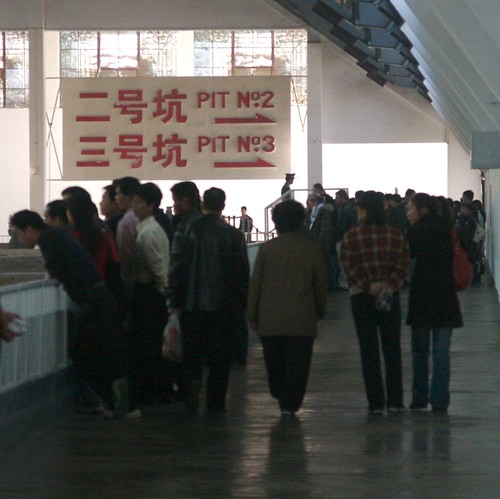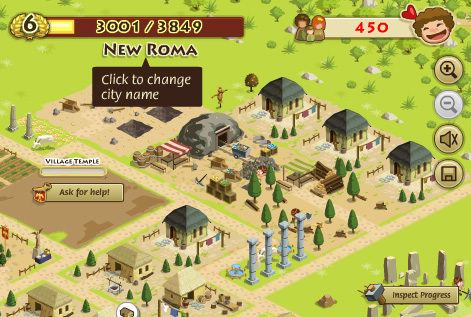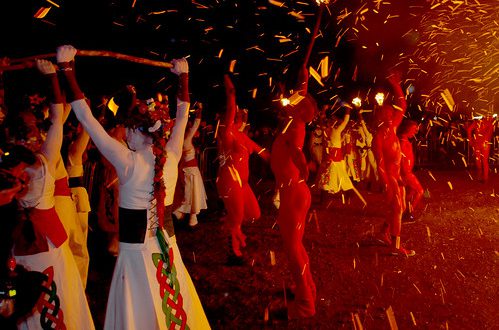 114 Terracotta Warriors, and several artefacts, have been discovered in the mausoleum of Chinas first emperor, Qin Shi Huang. The warriors were discovered in No 1 pit, the largest pit, and retained some of the richly-coloured paint that all of the warriors would have displayed originally. They also showed signs of man-made fire damage, prompting speculation about who may have harmed the warriors.
114 Terracotta Warriors, and several artefacts, have been discovered in the mausoleum of Chinas first emperor, Qin Shi Huang. The warriors were discovered in No 1 pit, the largest pit, and retained some of the richly-coloured paint that all of the warriors would have displayed originally. They also showed signs of man-made fire damage, prompting speculation about who may have harmed the warriors.
In an article by China Daily News, Xu Weihong, head of the excavation team, said: “The total area of the excavation was some 200 sq m and we were pleasantly surprised to find rich colors on Terracotta Warriors.”
Photos of the warriors, which are mostly infantrymen, have not yet been released, but the researchers describe them as between 1.8 and 2 metres tall, and brightly coloured. Their eyes and hair colour were naturalistic most had black hair and either brown or black eyes. Interestingly, their faces varied between white, pink and green, and archaeologists have noted that the different face colours are matched to different costumes.
Who Destroyed the Terracotta Warriors of Xi’an?
Despite retaining their original paint, the warriors were not in a perfect state of preservation most were broken into pieces. Liu Zhanchang, Director of the Archaeology Division of the Museum of Qin Shihuang Terracotta Warriors and Horses, also revealed that the warriors, and the walls of the museum, showed burn marks, suggesting that the mausoleum may have been set on fire. Archaeologists believe that the fire was man-made.
The mausoleum was vandalised after the death of the much-hated emperor, and many warriors were smashed to pieces by Qin Shi Huang’s angry subjects. Its possible that these newly-discovered figures could have been damaged in the same way, and that the vandals even attempted to burn the whole pit of warriors. Global Times reports that researchers are considering the possibility that the figures were damaged by General Xiang Yu, who purportedly raided the mausoleum less than five years after the death of the First Emperor.
Fortunately, researchers have been able to salvage the broken warriors. “It was hard work to restore the clay warriors as they were broken into pieces. It took us at least 10 days to restore one,” Xu said.
See the Warriors (but not the Tomb)
A number of other relics including weapons, chariots, drums and painted wooden rings were also found during the excavation, as well as a well-preserved box, the purpose of which remains a mystery.
The mausoleum was discovered in the 1970s near the ancient city of Xi’an in China’s Shaanxi Province, and contains the un-excavated tomb of Chinas first emperor. It is thought that the tomb may contain toxic levels of mercury, the substance that the emperor believed would make him immortal, and there are no plans as yet to continue the excavation into the actual tomb. The third excavation project began at the site in June 2009 (see video footage of the excavation here), and has resulted in a number of important finds, including the discovery of teenage soldiers amongst the ranks in October 2009.
If you missed the latest tour of the famed clay army, there will be a chance to visit a number of the Terracotta Warriors at The Warrior Emperor and China’s Terracotta Army in Torontos ROM museum from 26th June 2010 the largest exhibition of the warriors ever to be held in North America.



